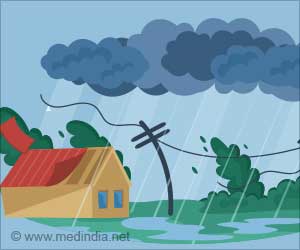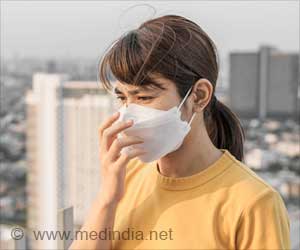A new experiment developed by scientists reproduces patterns of nature like the spots and stripes of a furry mammal.

‘A new experiment developed by scientists reproduces patterns of nature like the spots and stripes of a furry mammal.
’





"Setting up a dielectric barrier discharge system for 3-D patterns should greatly advance the science of pattern formation," said Lifang Dong, a professor at Hebei University in China.More than 60 years ago, Alan Turing proposed a simple mathematical model called the reaction-diffusion model that corresponds to the change in space and time of the concentration of one or more chemical substances to explain nature's patterns. The model suggests that as two interacting chemicals spread out, they could arrange themselves as stripes, spots or other designs. Scientists have since used this reaction-diffusion model to explain a number of patterns like leopard spots, the location of feather buds in chicks, hair follicles in mice, and even the ridges on the roof of mouse embryo mouths.
One major limitation, though, is that most of these studies were confined to one- or two-dimensional experiments. At the molecular level, nature's patterns are three-dimensional.
But it's not easy to make 3-D patterns, Dong said. The first 3-D experiment didn't come until 2011, when researchers at Brandeis University used chemical reactions to generate patterns with Turing's reaction-diffusion model. A dielectric barrier discharge system, however, which Dong and her colleagues describe this week in Physics of Plasmas, from AIP publishing, has several advantages, she said.
Not only can this system produce a wide variety of patterns, the patterns are also clear and easy to visualize. You can probe in great detail how the patterns vary over both space and time. While fluid or chemical-based experiments can take hours or days to make patterns, the dielectric barrier discharge system does it in seconds.
Advertisement
The researchers have already produced several patterns seen in nature by a previous single gas gap dielectric barrier discharge system. For example, they've recreated the distinct spot and stripe design of the 13-lined ground squirrel. The physics experiments suggest complex mechanisms may be behind the pattern -- and not Turing's simple reaction-diffusion equations.
Source-Eurekalert









